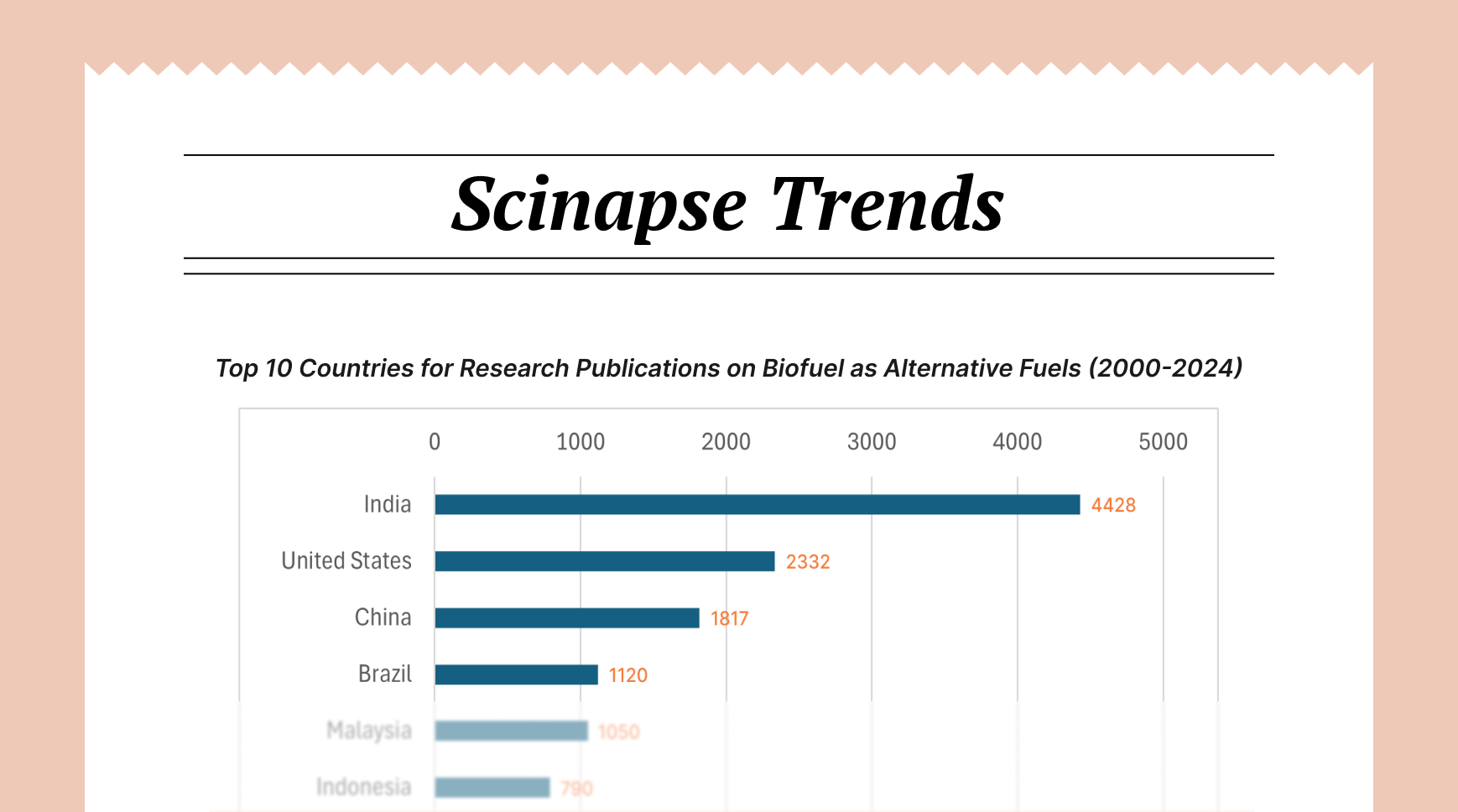Literature Review vs. Systematic Review: Key Differences and When to Use Each

In research, two common types of reviews are the literature review and the systematic review. While both aim to summarize existing knowledge on a particular topic, they differ significantly in their purpose, methodology, and structure. Understanding these differences is crucial for researchers, as selecting the right review type can enhance the quality and relevance of their work. In this article, we will explore the key differences between a literature review and a systematic review, and discuss when to use each.

What is a Literature Review?
A literature review is a comprehensive summary and analysis of existing research on a specific topic. Its purpose is to provide an overview of the current state of knowledge, identify gaps, and contextualize the research question within the broader academic discourse. Literature reviews can vary in scope and depth, ranging from brief overviews to extensive critical evaluations.
Characteristics of a Literature Review:
- Typically narrative and descriptive.
- Includes both qualitative and quantitative studies.
- Summarizes, synthesizes, and critiques existing research.
- Identifies research gaps and inconsistencies.
- Often used as a foundation for new research or as a standalone paper.
Types of Literature Reviews:
- Narrative Review: Summarizes findings from various sources without a systematic approach.
- Scoping Review: Maps existing literature on a broad topic to identify gaps.
- Critical Review: Critically examines the quality and relevance of existing studies.
What is a Systematic Review?
A systematic review is a structured and methodical approach to reviewing literature, typically used in evidence-based research. It follows a predefined protocol, aiming to minimize bias and ensure reproducibility. Systematic reviews are most commonly used in healthcare, social sciences, and education to compile high-quality evidence.
Characteristics of a Systematic Review:
- Follows a clearly defined research question and protocol.
- Uses explicit, systematic methods for data collection and analysis.
- Often includes a meta-analysis to statistically combine data from multiple studies.
- Emphasizes transparency, reproducibility, and comprehensiveness.
Types of Systematic Reviews:
- Meta-Analysis: Combines statistical data from multiple studies to derive conclusions.
- Qualitative Systematic Review: Synthesizes qualitative evidence through thematic analysis.
- Mixed-Methods Review: Integrates both qualitative and quantitative research.
Key Differences Between Literature Review and Systematic Review
| Aspect | Literature Review | Systematic Review |
|---|---|---|
| Purpose | Summarize and interpret existing research | Synthesize evidence systematically to answer a specific question |
| Methodology | Flexible and narrative | Structured and predefined |
| Data Sources | Broad range of sources | Specific, comprehensive, and preselected databases |
| Bias and Objectivity | Higher potential for bias | Lower bias due to transparent methods |
| Outcome | General overview of knowledge | Specific, evidence-based conclusions |
When to Use a Literature Review
A literature review is ideal when you need to:
- Provide an overview of existing knowledge on a broad topic.
- Contextualize a research problem within a field.
- Identify trends, gaps, and conflicting theories.
- Lay the groundwork for a research proposal or dissertation.
Example:
When conducting preliminary research on the psychological impacts of remote work, a literature review helps summarize existing theories and findings.
When to Use a Systematic Review
Use a systematic review when you need to:
- Answer a specific research question with evidence-based conclusions.
- Minimize bias through a transparent and reproducible process.
- Integrate data from multiple quantitative or qualitative studies.
- Support clinical or policy decision-making with robust evidence.
Example:
In medical research, a systematic review might investigate the effectiveness of a new drug compared to existing treatments.
Advantages and Limitations
Literature Review
Advantages:
- Broad scope and flexibility.
- Useful for exploring new research areas.
- Can address diverse and interdisciplinary topics.
Limitations:
- Prone to bias due to subjective selection and interpretation.
- Lack of standardized methodology.
Systematic Review
Advantages:
- High transparency and reproducibility.
- Minimizes bias through systematic methods.
- Stronger evidence for practice or policy recommendations.
Limitations:
- Time-consuming and resource-intensive.
- Narrower focus compared to literature reviews.
Conclusion
Choosing between a literature review and a systematic review depends on your research goals and the type of evidence you seek. If you need a broad synthesis of existing knowledge, a literature review is more suitable. However, when rigorous, evidence-based conclusions are required, opt for a systematic review. Understanding these differences will help you make informed decisions in your research journey.
Author: Uttkarsha B
- AI-Ethicist and STM Research & Publishing Expert
Never re-search again.
Scinapse is made by researchers for researchers.
Join the next generation of research at ⏯️ https://scinapse.io/
Pluto Labs
Pluto Labs helps researchers focus on their research by improving several inefficiencies in the academic research process. We offer data-driven insights from academic papers, allowing users to easily obtain review-level results for their desired range of papers.
https://pluto.im/





Comments ()